
Top 35 Cloud Computing Interview Questions & Answers
Oct 09, 2025 6 Min Read 2538 Views
(Last Updated)
Cloud computing is no longer a buzzword; it’s the backbone of modern digital infrastructure, from running business applications to storing personal photos, cloud services power much of what we do online. With top tech companies like Amazon, Microsoft, and Google investing heavily in cloud ecosystems, there’s a massive demand for skilled professionals who understand the cloud inside out.
In this article, we’ve curated the Top 30 Cloud Computing Interview Questions, categorized into Beginner, Intermediate, and Advanced levels. Covering everything from foundational concepts to in-depth architectural scenarios, this guide is crafted to help you gain confidence and clarity for your next cloud interview, one question at a time.
Table of contents
- Top Cloud Computing Interview Questions for Freshers
- What is Cloud Computing?
- Name the three primary cloud service models.
- List the major cloud deployment models.
- What are the benefits of using cloud computing?
- What is virtualization in cloud computing?
- What is the difference between IaaS and PaaS?
- What is a hypervisor?
- Define elasticity in cloud computing.
- What is the use of APIs in cloud services?
- What is SaaS with an example?
- What is a Virtual Private Cloud (VPC)?
- Explain cloud bursting.
- What is multi-tenancy in cloud computing?
- What is the difference between vertical and horizontal scaling?
- What are some key challenges in cloud computing?
- What is serverless computing?
- What are load balancers?
- How does cloud storage differ from traditional storage?
- Name some common cloud service providers.
- What is the use of Content Delivery Networks (CDNs) in the cloud?
- Cloud Computing Interview Questions for Experienced Professionals
- How do you design a fault-tolerant architecture in AWS?
- Explain Infrastructure as Code (IaC) and the tools used.
- What is the shared responsibility model in cloud computing?
- How do you ensure cloud security?
- What is the difference between containers and VMs?
- What is a hybrid cloud strategy?
- How do you handle cloud cost optimization?
- Describe a real-time scenario where you migrated on-prem to the cloud.
- What are Reserved Instances in AWS?
- How do DevOps and Cloud Computing complement each other?
- Scenario-Based Cloud Computing Interview Questions
- A company is experiencing sudden traffic spikes during product launches. How would you design a cost-efficient, auto-scalable solution on AWS to handle such unpredictable loads?
- You are tasked with migrating a legacy application with minimal downtime. How would you approach this cloud migration?
- Your client wants to avoid vendor lock-in and stay cloud-agnostic. What would your architecture strategy be?
- A team has accidentally exposed sensitive data in a public S3 bucket. What immediate steps would you take as a cloud security expert?
- Your application has high latency due to serving global users from a single cloud region. How do you improve its performance?
- Wrapping Up
- Frequently Asked Questions
- What is Cloud Computing?
- Can I learn Cloud Computing without prior experience in IT?
- How do I prepare for a Cloud Computing interview?
Top Cloud Computing Interview Questions for Freshers
If you’re beginning your journey into Cloud Computing or preparing for your first tech interview in this domain, this section is tailor-made for you. These questions focus on the fundamentals of essential cloud service models and deployment types to basic terminology and are commonly asked to assess your understanding of core cloud concepts.
1. What is Cloud Computing?
Answer: Cloud computing is the on-demand availability of computer system resources such as data storage, computing power, and networking, without direct active management by the user. It enables users to access resources via the internet, paying only for what they use.
2. Name the three primary cloud service models.
Answer:
- IaaS (Infrastructure as a Service): Offers virtualized computing resources like servers, storage, and networking over the internet. E.g., AWS EC2.
- PaaS (Platform as a Service): Provides a platform and environment to allow developers to build applications without managing the underlying infrastructure. E.g., Google App Engine.
- SaaS (Software as a Service): Delivers software applications over the internet on a subscription basis. E.g., Microsoft Office 365.
3. List the major cloud deployment models.
Answer:
- Public Cloud: Services offered over the public internet, accessible to anyone. E.g., AWS, Azure.
- Private Cloud: Dedicated to a single organization for enhanced control and security.
- Hybrid Cloud: Combines public and private clouds to allow data and applications to be shared between them.
- Community Cloud: Shared among multiple organizations with similar requirements.
4. What are the benefits of using cloud computing?
Answer:
- Cost-efficiency: Pay-as-you-go pricing models reduce costs.
- Scalability: Resources can be scaled up or down as needed.
- Disaster Recovery: Cloud offers backup and disaster recovery solutions.
- Accessibility: Access data and applications from anywhere.
- Maintenance-free: No need to maintain physical hardware.
5. What is virtualization in cloud computing?
Answer: Virtualization is the process of creating virtual instances of computing resources like servers, storage devices, and networks. It allows multiple virtual machines (VMs) to run on a single physical machine, maximizing resource utilization and flexibility.
6. What is the difference between IaaS and PaaS?
Answer:
- IaaS provides basic infrastructure services and allows users to install and manage their software and OS.
- PaaS provides both hardware and software tools over the internet, letting users focus solely on application development.
7. What is a hypervisor?
Answer: A hypervisor, also known as a virtual machine monitor (VMM), is software that creates and manages virtual machines by abstracting the hardware. There are two types: Type 1 (bare-metal) and Type 2 (hosted).
8. Define elasticity in cloud computing.
Answer: Elasticity is the ability of a cloud system to automatically allocate or deallocate resources as per real-time demand. This helps manage workloads efficiently and cost-effectively.
9. What is the use of APIs in cloud services?
Answer: APIs (Application Programming Interfaces) in cloud computing allow interaction with cloud services. They enable automation, integration with other systems, and programmatic access to manage services.
10. What is SaaS with an example?
Answer: SaaS is a software distribution model in which applications are hosted by a provider and made available to users over the internet. Example: Salesforce, which provides CRM services via a SaaS model.
Cloud Computing Interview Questions for Intermediate-Level
Now that you’ve grasped the fundamentals of Cloud Computing, it’s time to level up. In this section, you’ll encounter questions that assess your ability to design scalable solutions, optimize resource usage, and navigate cloud services across various platforms.
11. What is a Virtual Private Cloud (VPC)?
Answer: A VPC is a private, isolated section of a public cloud where users can launch resources in a virtual network defined by them. It provides control over IP addressing, subnets, route tables, and network gateways.
12. Explain cloud bursting.
Answer: Cloud bursting is a hybrid cloud setup where an application runs in a private cloud or data center and “bursts” into a public cloud when the demand for computing capacity spikes. This ensures resource availability without overprovisioning.
13. What is multi-tenancy in cloud computing?
Answer: Multi-tenancy is an architecture where a single instance of a software application serves multiple customers (tenants), with each tenant’s data isolated and invisible to others.
14. What is the difference between vertical and horizontal scaling?
Answer:
- Vertical scaling: Adding more resources (CPU, RAM) to an existing machine.
- Horizontal scaling: Adding more machines or instances to distribute the load.
15. What are some key challenges in cloud computing?
Answer: Data security, compliance with regulations, limited control over infrastructure, vendor lock-in, and performance issues due to shared resources.
Read More: 7 Tips To Learn Cloud Computing Engineering in the Best Possible Way
16. What is serverless computing?
Answer: Serverless computing allows developers to build applications without managing the underlying infrastructure. Cloud providers dynamically manage the allocation of machine resources. Example: AWS Lambda.
17. What are load balancers?
Answer: Load balancers distribute incoming network traffic across multiple servers to ensure no single server becomes overwhelmed, enhancing availability and reliability.
18. How does cloud storage differ from traditional storage?
Answer: Cloud storage is scalable, accessible from anywhere via the internet, and follows a pay-as-you-use model, unlike traditional storage, which requires physical infrastructure and upfront costs.
19. Name some common cloud service providers.
Answer: Amazon Web Services (AWS), Microsoft Azure, Google Cloud Platform (GCP), IBM Cloud, Oracle Cloud.
20. What is the use of Content Delivery Networks (CDNs) in the cloud?
Answer: CDNs distribute content to geographically dispersed servers, reducing latency and improving performance by serving content from the nearest location to the user.
Cloud Computing Interview Questions for Experienced Professionals
This section is for those aiming to stand out in mid-level to senior cloud roles. Here, you’ll face advanced Cloud Computing questions that dive deep into topics like multi-cloud architecture, cloud security best practices, cost optimization strategies, and disaster recovery planning.
21. How do you design a fault-tolerant architecture in AWS?
Answer: Use multiple Availability Zones (AZs), Auto Scaling, Load Balancers, RDS Multi-AZ for databases, and use services like S3 for durable storage. Monitoring tools like CloudWatch can be used to detect and recover from failures.
22. Explain Infrastructure as Code (IaC) and the tools used.
Answer: IaC is the process of managing and provisioning infrastructure using code instead of manual processes. Common tools include Terraform, AWS CloudFormation, and Ansible.
23. What is the shared responsibility model in cloud computing?
Answer: In this model, cloud providers are responsible for security “of” the cloud (hardware, software, networking), while customers are responsible for security “in” the cloud (data, identity, applications).
24. How do you ensure cloud security?
Answer: Implement strong IAM policies, use encryption (in-transit and at-rest), secure APIs, enable Multi-Factor Authentication (MFA), perform regular security audits, and monitor with tools like AWS GuardDuty.
25. What is the difference between containers and VMs?
Answer: Containers are lightweight, share the host OS kernel, and are faster to start. VMs include full OS installations and offer better separateness, but are heavier and slower to boot.
26. What is a hybrid cloud strategy?
Answer: A hybrid cloud strategy combines on-premises infrastructure with public or private cloud services, enabling data and application portability for enhanced flexibility.
27. How do you handle cloud cost optimization?
Answer: Use reserved or spot instances, enable auto-scaling, monitor usage with tools like AWS Cost Explorer, right-size resources, and eliminate unused assets.
28. Describe a real-time scenario where you migrated on-prem to the cloud.
Answer: Begin with infrastructure assessment, determine dependencies, plan migration phases, use tools like AWS Migration Hub or Azure Migrate, migrate data and workloads, validate, and go live with fallback plans.
29. What are Reserved Instances in AWS?
Answer: Reserved Instances are a pricing model offering significant discounts (up to 75%) compared to on-demand pricing, in exchange for a commitment to use specific instance types in a region over 1 or 3 years.
Read More: 6 Best Career Opportunities in Cloud Computing Engineering
30. How do DevOps and Cloud Computing complement each other?
Answer: Cloud provides scalable infrastructure, while DevOps offers CI/CD pipelines, automation, and version control. Together, they enable faster deployment, improved collaboration, and continuous improvement in application development.
Scenario-Based Cloud Computing Interview Questions
While theoretical knowledge is crucial, real-world problem-solving skills set top candidates apart.
The following scenario-based cloud computing questions are designed to assess how you apply cloud principles in practical, often high-pressure environments. These questions mirror challenges faced by cloud professionals in their job role.
31. A company is experiencing sudden traffic spikes during product launches. How would you design a cost-efficient, auto-scalable solution on AWS to handle such unpredictable loads?
Answer:
Design a stateless application using EC2 instances behind an Application Load Balancer (ALB). Enable Auto Scaling Groups to dynamically adjust the number of instances based on traffic. Store session data in Amazon ElastiCache or DynamoDB. Use S3 for static content and CloudFront for global content delivery. Monitor with CloudWatch to fine-tune thresholds and avoid unnecessary scaling.
32. You are tasked with migrating a legacy application with minimal downtime. How would you approach this cloud migration?
Answer:
Begin with a thorough assessment using AWS Application Discovery Service or Azure Migrate. Use a “lift and shift” strategy with tools like AWS Server Migration Service (SMS) or Azure Site Recovery for initial migration. Conduct parallel testing in the cloud, set up DNS failover, and switch traffic once validation is complete. Keep rollback plans ready and closely monitor performance post-migration.
33. Your client wants to avoid vendor lock-in and stay cloud-agnostic. What would your architecture strategy be?
Answer:
Use containerization with Docker and orchestrate using Kubernetes (e.g., via Amazon EKS, Azure AKS, or Google GKE). For IaC, use Terraform as it supports multi-cloud deployments. Store code and configurations in GitHub or GitLab. Choose databases like PostgreSQL that are supported across platforms and avoid proprietary services unless abstracted by APIs or wrappers.
34. A team has accidentally exposed sensitive data in a public S3 bucket. What immediate steps would you take as a cloud security expert?
Answer:
Immediately block public access to the S3 bucket using S3 Block Public Access settings. Rotate any compromised credentials. Use CloudTrail logs to investigate access history. Inform relevant stakeholders and conduct an impact assessment. Enforce S3 bucket policies, apply IAM least privilege, and set up Amazon Macie for continuous monitoring of sensitive data.
35. Your application has high latency due to serving global users from a single cloud region. How do you improve its performance?
Answer:
Implement a multi-region deployment strategy with Global Load Balancing using services like AWS Route 53, Azure Traffic Manager, or Google Cloud Load Balancer. Replicate databases using multi-region replicas. Use Content Delivery Networks (CDNs) like CloudFront or Cloudflare for caching and faster static content delivery. Optimize backend APIs with caching layers and edge compute options like Lambda@Edge.
If you’re aiming to master cloud computing and confidently tackle cloud interviews, HCL GUVI’s Basics of AWS Cloud Computing course is the perfect starting point. Designed by industry experts, it offers hands-on learning with real-world AWS concepts to build a strong foundation in cloud technologies.
Wrapping Up
From foundational concepts to advanced scenarios, these questions are designed to sharpen your understanding and boost your confidence. But remember, interview success isn’t just about knowing the answers; it’s about thinking critically, staying curious, and continuously building your hands-on experience with real-world cloud tools.
So what’s next? Revisit key topics regularly, get your hands dirty with AWS, Azure, or GCP projects, and explore certification paths to validate your expertise. With the right preparation and a curious mindset, you won’t just be ready for your cloud computing interview, you’ll be ready to thrive in the cloud-first world.
Frequently Asked Questions
What is Cloud Computing?
Cloud computing refers to the delivery of computing services like storage, processing, and networking over the Internet. Instead of owning and maintaining physical servers, businesses can use cloud services on demand, which helps reduce costs and increase scalability.
Can I learn Cloud Computing without prior experience in IT?
Yes! You can start learning cloud computing with foundational knowledge in networking and basic IT concepts. Many platforms, including HCL GUVI, offer beginner-friendly courses with certifications to build credibility and expertise from the ground up.
How do I prepare for a Cloud Computing interview?
To prepare for a cloud computing interview:
– Understand core cloud concepts like IaaS, PaaS, and SaaS.
– Gain hands-on experience with popular cloud platforms like AWS, GCP, or Azure.
– Learn about cloud security, cost management, and disaster recovery strategies.
– Practice interview questions, both technical and situational.



















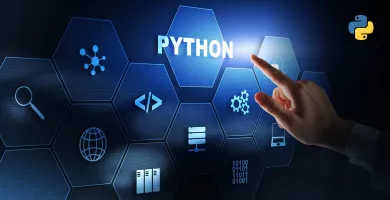





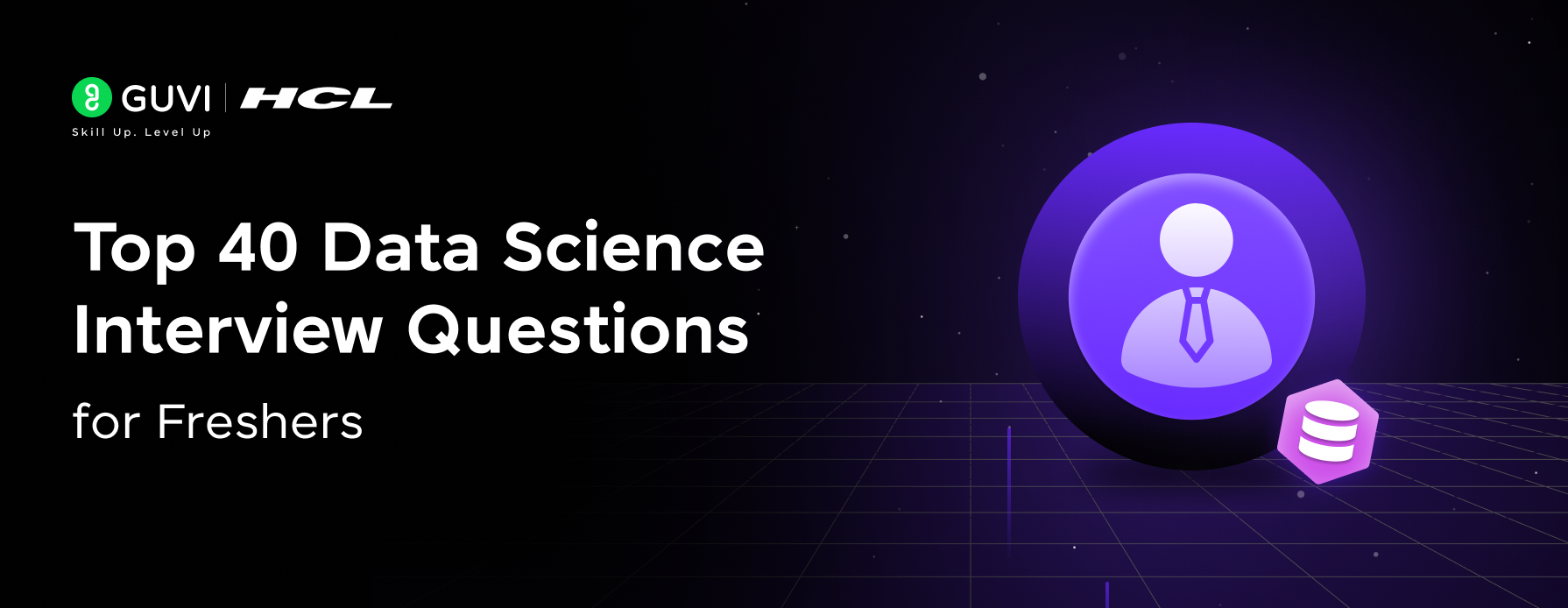

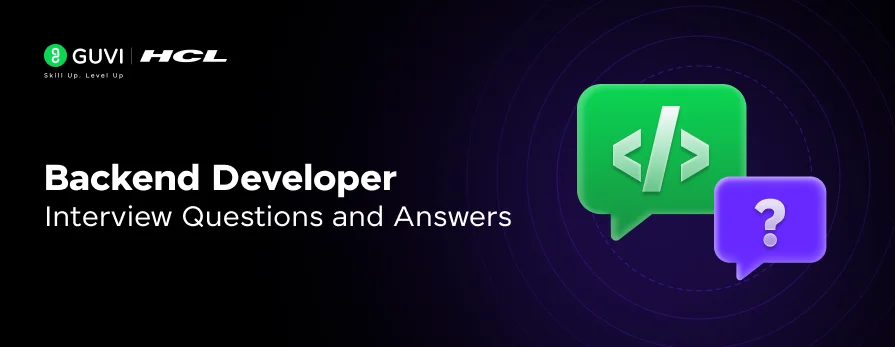
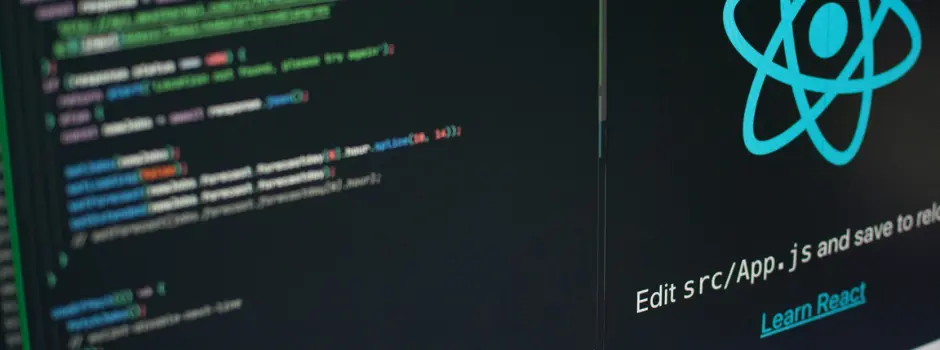
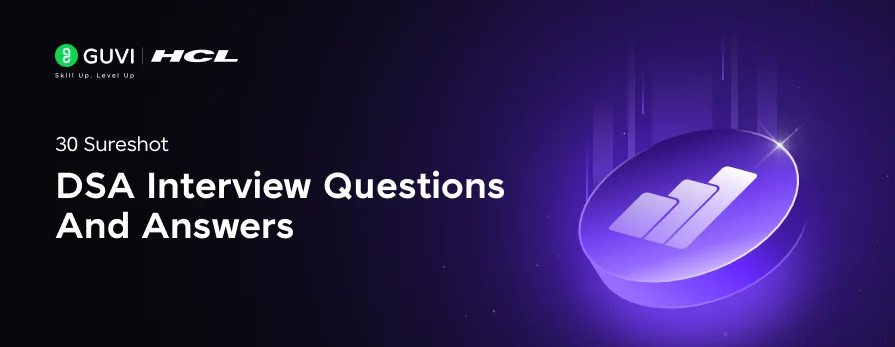

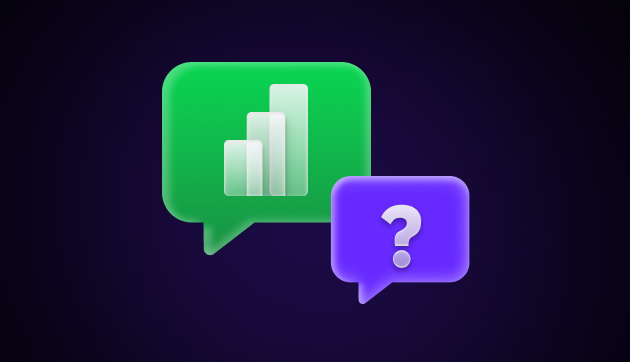




Did you enjoy this article?